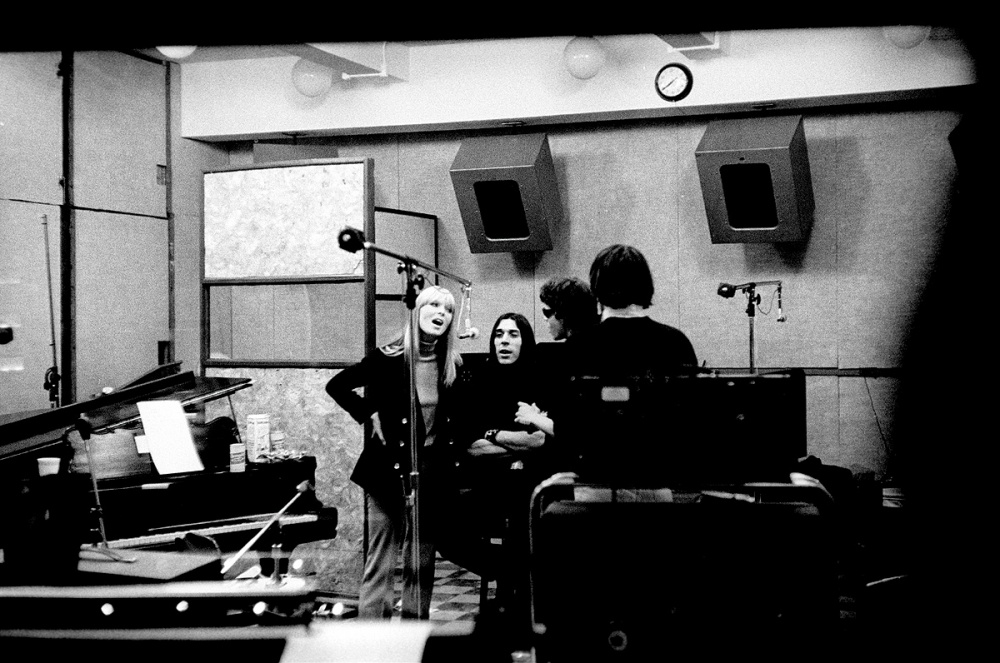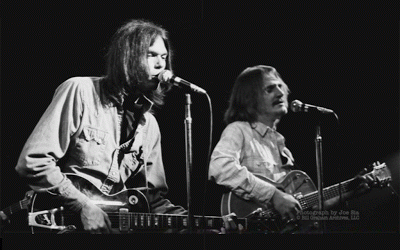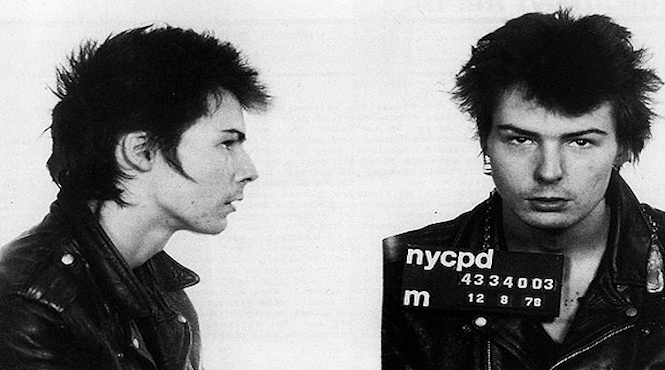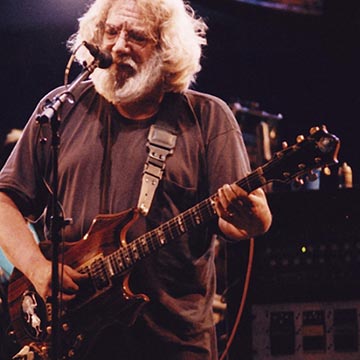Drug culture has always been present within the music industry. From the counter-culture use of LSD in the 60’s, all the way to experimentation with pharmaceuticals in the late 2000’s, the use of narcotics has been documented and sometimes glamourised in music. Across the decades, the most common narcotic that ‘s made a dent on music has to be heroin… and the results are bittersweet.
Heroin has often been referenced in music, raising controversy about artists promoting or condoning the drug. In The Velvet Underground’s iconic 1967 album ‘The Velvet Underground and Nico’, heroin appears as a theme in the songs ‘I’m Waiting For the Man’ and ‘Heroin’, with the latter receiving scathing reviews about drug promotion and a cult following from heroin users. Throughout the song Lou Reed refers to the effects of heroin, but in a 1971 interview with Creem Magazine Lou claimed the song was about his own destructive behaviours and wasn’t intended to promote usage of the drug.

Lou Reed continued to lay bare his experiences with the drug throughout his solo career, specifically in his 1972 hit ‘Perfect Day’ from the album Transformer. In ‘Perfect Day’, Reed references his relationship with the substance. However, Reed concludes his song with the caveat, “you’re gonna reap just what you sow”, ostensibly recognising and accepting his possible fate at the hands of the seductive drug that influenced his music and his career.
The musical message of heroin use has not always been so mercurial, especially in Neil Young’s melancholic song ‘The Needle and the Damage Done’ which featured on his 1972 album Harvest. Neil Young’s acoustic guitar and poetic lyrics tell the tale of the friends who became addicted to heroin; particularly ‘Crazy Horse’ band mate Danny Whitten who later died due to his drug addiction. In 1971 Neil Young appeared on the Johnny Cash show to perform the song, opening up with, “A lot of great artists get affected by that, a lot of great art goes down the drain”. Neil then concluded his performance with the thought provoking and damning lyrics, “But every junkie’s
like a settin’ sun”.
Young continued to advocate the dangers of heroin in his 1975 album Tonight’s the Night, which voiced his grief over the death of his long time roadie Bruce Berry and fellow musician Danny Whitten. Bruce Berry worked for Neil Young and the band Crosby, Stills, Nash and Young. In the song ‘Tonight’s the Night’, Young tells the tale of Berry and how he had the world in front of him but sadly threw it all away with his drug addiction, “A sparkle was in his eye but his life was in his hands”.

On the up-side, musicians have also used their craft to tell of how they broke away from their addictive lifestyle. John Lennon and Yoko Ono started using heroin during the White Album and ‘Let It Be’ recording sessions. It was increasingly the go-to drug as the turmoil and tension between Yoko Ono and the producers grew. However Lennon and Ono decided to break the habit so that they could eventually start a family.

John Lennon’s 1969 single ‘Cold Turkey’ documents the emotions and feelings of withdrawal that he dealt with during his attempt to kick the habit. Lennon originally wanted to record the song with The Beatles for the Abbey Road album, but the notion was rejected by the other members. The song also received backlash by critics, saying it was promoting drug use, however Lennon countered that it was about withdrawal and the feelings associated with it.
Heroin has contributed to the tragic loss of many musicians, through overdose and a gradual decline in health from long-term effects. One of the sadder stories of overdose was American singer and songwriter Janis Joplin. Joplin had been struggling with drug and alcohol abuse for quite some time before her death on the 4th of October 1970, at the age of only 27.

Joplin’s body was discovered by her manager John Byrne Cooke after her absence from a recording session. Cooke grew concerned when he noticed Joplin’s psychedelic 1964 Porsche 356 was still parked outside her lodgings at the Landmark Motor Hotel in California. Upon entering her hotel room he found Joplin lying dead with a hypodermic syringe and spoon in the bedside drawer, paraphernalia commonly known as ‘the works’. It was believed that the heroin Joplin used was up to ten times more potent than the usual strength of street heroin, with a purity of roughly 50 per cent. Joplin’s death was a shock to a world that was still reeling from Jimi Hendrix’s tragic death two weeks earlier. By bizarre coincidence Hendrix was also found dead from drug and alcohol related issues at the age of 27, paving the way for the famous ‘27 Club’.
Another victim of the needle was bass guitarist for the ‘Sex Pistols’, Sid Vicious. Sid Vicious (born John Ritchie) had been arrested for the murder of his girlfriend, Nancy Spungen but was released from jail after the $50,000 bail was made, partly by Virgin Records label boss Richard Branson and an anonymous contributor who was later revealed to be Mick Jagger.

Vicious would once again face troubles with the law for assault after glassing a man in a New York nightclub. This incident landed Vicious a two month stint at the Rikers Island Correctional Centre detox ward, in an attempt to make him clean. In vain: on the 2nd of February 1979 Sid Vicious died from a heroin overdose in Greenwich Village, New York. Apparently the heroin was supplied to him by his own mother, who was also a user. As with Janis, the potency of the heroin was well above the average strength of normal street heroin, at a purity estimated at around 95 per cent.
Apart from these obvious examples, many musicians have suffered a gradual decline in health from the long-term effects of heroin. Guitarist and Vocalist for the Grateful Dead, Jerry Garcia had multiple addiction issues and was constantly checking in and out of rehabilitation clinics. Garcia started using heroin after being introduced to the substance in 1974. When the ongoing pressure from the collapse of the band’s independent label started to build up, Garcia became an addict.

As the years went on Garcia’s health declined from the use of heroin and other substances. This led to Garcia falling into a diabetic coma in 1986. The years of abuse affected Garcia both physically and mentally, causing him various different on-stage issues such as fatigue during concerts and forgetting songs and lyrics. As a result of Garcia’s declining health, he was forced to play his final concert with the Grateful Dead at Soldier Field in Chicago on the 9th of July 1995.
Garcia eventually relapsed into heroin as a form of pain medication, then checked himself into the Serenity Knolls Treatment Centre in Forrest Knolls, California. However only one month after exiting the stage, on the 9th of August 1995 Garcia was found dead from a heart attack caused by the years of on-going substance abuse.
Heroin is still being referenced throughout music today, with the most recent feature in Lana Del Rey’s song ‘Heroin’ which features on her 2017 album Lust For Life. Here she also talks about the damages that substance abuse can do. Although it continues to have a presence, it seems that fewer musicians are using the deadly drug, sparking hope that future talent young and old won’t go to waste.






